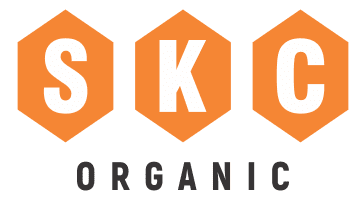With more than 70% of population in Rural India, the poverty is concentrated in villages of India. With limited resources especially inadequate land holding, predominantly rain fed farming practices, and misplaced use of fertilizers has nearly killed the agri-based economy of Rural India. Apart from these adversities, the shortage of healthcare services, inadequate education opportunities and limited economic prospects, rural poor is left to his/her own destiny.
The complex issues of rural agrarian economy ranging from scarcity of agricultural land, low and poor quality yields, dependency of water sources, higher input costs and limited market linkages among many others have led to negative growth. The situation is urgent and has to be addressed through sustainable means and processes for long term impact. The situation is even worse for population not engaged in agri value chains as (seasonal) migration to urban areas remains their only option. The situation of women is even worse, since their access and control on resources is absent in most societies and the gap is severe in rural settings.
SKC is part of an experiment where Livelihood interventions while addressing root cause of poverty have developed collective force towards long term local solutions.
Opportunities for All – Irrespective of men, women, disabled, non-disabled, farmer, potential entrepreneur, educated, uneducated – there has to be a solution for everyone. Each individual has potential and opportunities should be provided to all. Local solutions can be built with the support of skills, resources and linkages. Long term planning through livelihood business plans have helped people to identify their potential and decide their livelihood streams based on a well laid out process. As a result, 3200 families have doubled their income in just 5 years.
Equal Importance to Farm and Non Farm Sector – While majority of population in rural areas are dependent upon agriculture, it is also a fact that the output post golden phase of Green Revolution has been reducing drastically and growth has been negative for decades leaving aside farmers who are engaged in commercial farming. Hence, we have come up with specific interventions for Farm & Non Farm Sector. The farm sector has shown a way as to how the output can grow three times while reducing the input cost. At the same time, for Non Farm Sector, there are business opportunities available for individuals, families as well groups.
Building Sustainable Financial Channels – The resources are locally available however, they are often not enough. Our experience has shown that there are ample avenues available if people demonstrate that they have potential to save money and repay loans, have business acumen, skilled to provide local services or solutions or simply can work hard to handle money responsibly. We have an option of providing soft loans ranging from Rs. 1000 to Rs. 500,000 or even more either directly through self help groups, its own cooperative bank or having financial linkage with nationalized banks. The key is that an individual should be provided enough opportunity to build his/her skills and resources should be readily available to support their potential.
Scale and Sustainable Interventions, possible only through convergence – We have kept our focus on skills, resources and market linkages however, it was always clear that as an organization, the resources will never be enough to match growing potential and expectations of people. Hence, we successfully built our programmes on government existing welfare and financial schemes; institutions – government, aided or private and private sector support. There are ample opportunities available for skill development and financial linkages. The key remained that we identified potential resources and helped people to decide and lead convergence with potential institution.
Community Structure and Interlinkages – It is important to build expectations however, it is more important to manage them. Developing a community institution is not a cakewalk and it has to be done professionally. People realize their potential overtime however, the solutions have to provide immediate solutions otherwise efforts of bringing them together collapses. Hence, people have to define their roles. Each one of us needs to understand our specific roles and have to play it strong. To build a community institution, smaller community structures have to be built which are converged basis different streams. Similar institutions have to be built across geographies to develop volumes, be competitive enough with open market forces. The revenue streams have to be defined and people have to be provided with alternatives, if the original plan fails. People are central to the theme, and it is organizations plays a role of catalyst to bring them together, keep them together and help them grow together



